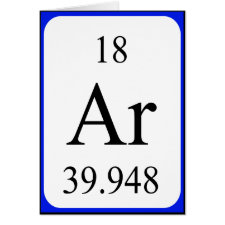
Authors: Mahmoud AM, Alkahtani SA, Alyami BA, El-Wekil MM
Article Title: Dual-recognition molecularly imprinted aptasensor based on gold nanoparticles decorated carboxylated carbon nanotubes for highly selective and sensitive determination of histamine in different matrices.
Publication date: 2020
Journal: Analytica Chimica Acta
Volume: 1133
Page numbers: 58-65.
DOI: 10.1016/j.aca.2020.08.001
Alternative URL: https://www.sciencedirect.com/science/article/pii/S0003267020308205
Abstract: In this study, an electrochemical aptamer based sensor (aptasensor) was proposed for specific recognition of histamine (HIS). The electrochemical aptasensor based on fabrication of glassy carbon electrode (GCE) with molecular imprinted polymer (MIP) and DNA aptamers on gold nanoparticles (AuNPs) and carboxylated carbon nanotubes (cCNTs) (MIP-apta/AuNPs/cCNTs/GCE). The aptasensor exhibits high selectivity towards HIS detection as it has two recognition elements which are MIP cavities and aptamer interaction. Upon exposure of MIP-apt/AuNPs/cCNTs/GCE to HIS, the current of redox probe was decreased that depends on the template (HIS) concentration. The effects of aptamer concentration, incubation time, pH and AuNPs electro-deposition time were optimized. Differential pulse voltammetry (DPV) and electrochemical impedance spectroscopy (EIS) techniques were used to analyze HIS in complicated matrices. Favorable performance of MIP-apt/AuNPs/cCNTs/GCE was achieved with linearity ranges of 0.46-35 nmol L-1 and 0.35-35 nmol L-1 with limits of detection (LODs, S/N = 3) of 0.15 nmol L-1 and 0.11 nmol L-1 using DPV and EIS, respectively. The fabricated aptasensor displayed high selectivity, desirable reproducibility and stability. The MIP-apt/AuNPs/cCNTs/GCE was used to detect HIS in human plasma and canned tuna samples with good recoveries % and RSDs %
Template and target information: histamine, HIS
Author keywords: histamine, Carboxylated carbon nanotubes, gold nanoparticles, molecular imprinted polymer, aptamer



Join the Society for Molecular Imprinting

New items RSS feed
Sign-up for e-mail updates:
Choose between receiving an occasional newsletter or more frequent e-mail alerts.
Click here to go to the sign-up page.
Is your name elemental or peptidic? Enter your name and find out by clicking either of the buttons below!
Other products you may like:
 MIPdatabase
MIPdatabase









